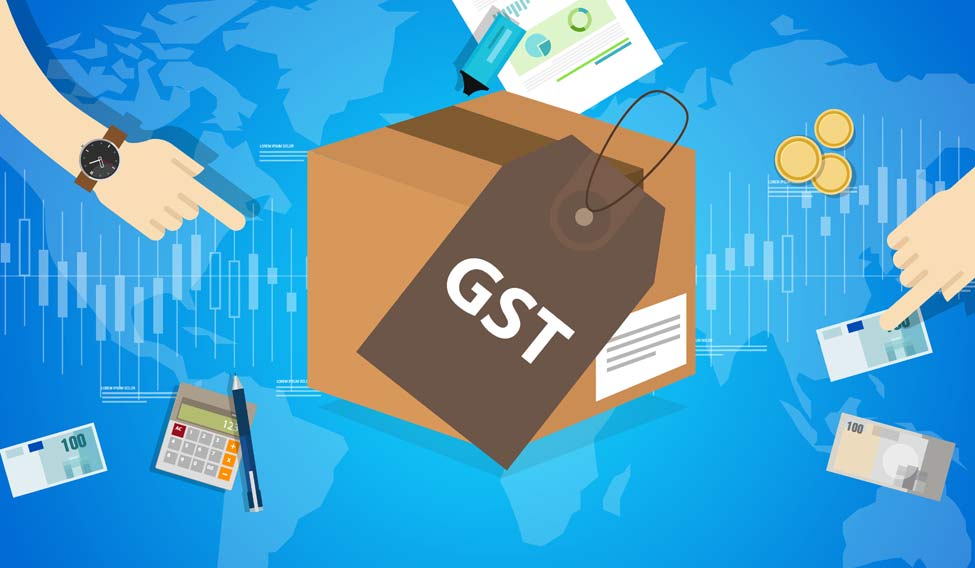Exactly four months since India welcomed a new unified tax regime under the Goods and Services Tax, the Centre has been subjected to much criticism due to implementation gaps, confusions on multiple slab rates and migration to online filing of taxes. While the idea of introducing the new tax system was to shift towards a 'one-nation one-tax' regime, GST has become a thorn for the ruling Narendra Modi-government. However, Archit Gupta, founder and CEO of ClearTax, a Bengaluru-based financial technology company that offers software solutions for compliance with direct and indirect taxes, tells THE WEEK in an interview that the current pain-points would ease out and the outlook remains positive for GST in India. Edited excerpts:
You've been hand-holding many businesses, including SMEs, to be GST compliant. What do you think are the major bottlenecks in implementation?
The major bottlenecks are the same for every businesses: First, there is the need for updating existing technology to become GST-compliant; or purchasing new software where none exists. Second, ensuring timely filing of the three monthly GSTRs. And third, adapting to a digitised economy where billing to return filing is performed online.
What's the most common GST-related query that ClearTax has come across?
Soon after the launch, the first question every business had was the difference between IGST, CGST, and SGST. Currently, HSN (Harmonised System Nomenclature) Codes dominate the query list, along with details of the Composition Scheme and the penalties for late return filing.
How well is the uniform tax regime being adopted and working across states?
Any change takes time to seep in; the same is true of GST as well. There is a lot of vigour in the business community and everyone is trying their best to understand the nuances of GST and become fully compliant. There is some confusion, but that was to be expected in such a scenario. The change in law and the role of technology is unprecedented. At the same time, this is a great opportunity for business to go the tech way. From our vantage point at ClearTax, we see that businesses are adapting to the new tax regime albeit the pain points, the government is actively hearing out concerns and working to resolve them.
What about the current economic slowdown attributed to shoddy implementation of GST and demonetisation?
First, you have to look at demonetisation, which impacted a lot of cash businesses. There was a measured slump with fall of IIP and consumer indices for a while. I think with GST, the challenge most of the businesses had was on how to offload the stocks that they already had, with the transition to the new scheme. But gradually these are going to pick. The outlook remains positive.

What is the expected time-period for GST benefits to start reflecting in our economy?
We expect the benefits to start reflecting in 1 to 1.5 years from implementation. This is the minimum time required for the economy to stabilise and completely adapt to the new regime.
Is there a resistance among small entrepreneurs and freelancers to be GST-compliant?
Initially, there was a lot of resistance. But then, if you want to do business, you don’t have much choice because GST is now already implemented. The government has been reactive even to the concerns of small business. There is a lot of noise but then people are actually starting to get compliant.
The GST council recently brought in a few changes to GST. How effective are these to rectify the existing concerns or challenges?
The GST Council’s 22nd meeting set new ground rules for businesses with annual turnover below Rs 1.5 crore. This shows that the council is open to discussions and has been listening to the woes of the common people. The recent changes will benefit SMEs and exporters—two sectors which were finding it especially hard to adhere to GST compliances. The government is cognizant of the challenges faced by them and is working on easing up GST for them.
What is your opinion on the adoption of multiple slabs? Isn't that hurting the idea of a unified tax system?
We need to have these slabs. We have all sorts of products and different classes of people. It may be hard to comment upon the impact of higher input credit availability and hence, it may be more reasonable and judicious to have more slabs. Some people may suffer because their inputs are coming at a higher cost and the refund may be available only in a few cases and not all. But that is the way to go. For us (India) it might be very hard to manage with one or two slabs, at least in this case where we had multiple tax rates across different states. For at least a couple of years, these slab rates are going to stay.
If an IT company has presence all over India, in how many jurisdictions does it has to file GST?
Mostly IT companies take registration in a single state and supply services all across the country, in which case, they will have to file GST in only the state where they are registered. However, they will not be able to claim income tax credit on the SGST paid in the other states in this case. If they opt for multiple registrations across states, they will be able to claim ITC and will have to file GST returns in all the states where they are registered.
Going forward, what should the government do to fix the existing GST confusions?
The government is already doing a lot to spread awareness and bring businesses into the fold. There are notifications on Twitter and other social media platforms, scheduled webinars and training sessions for return filing. Along with this, discussions with community leaders and organisations will also help in easing the situation.






